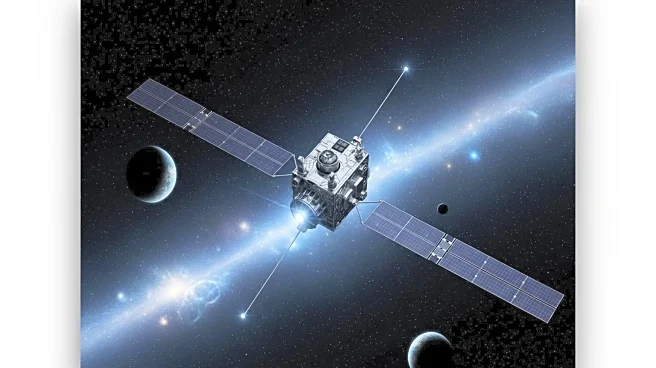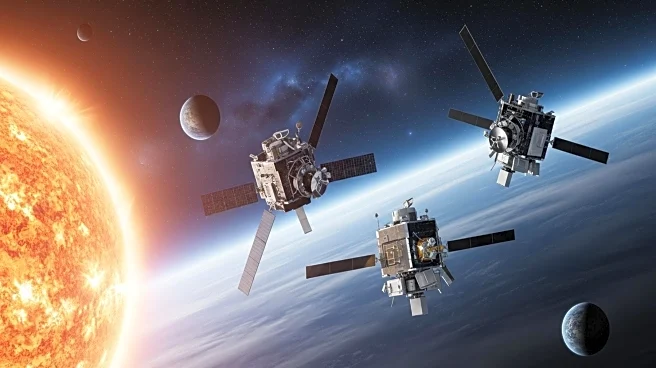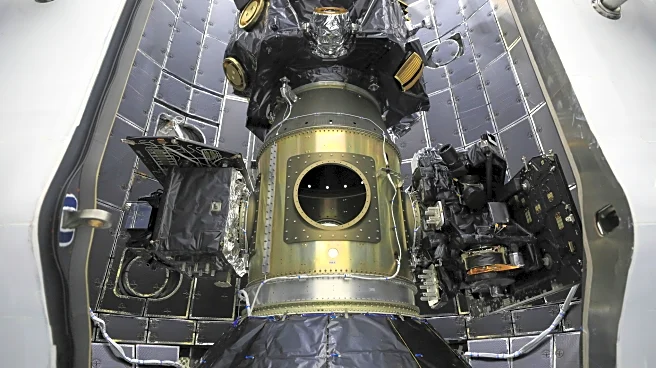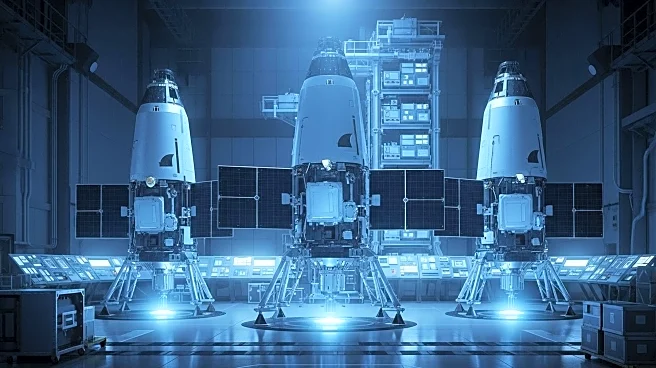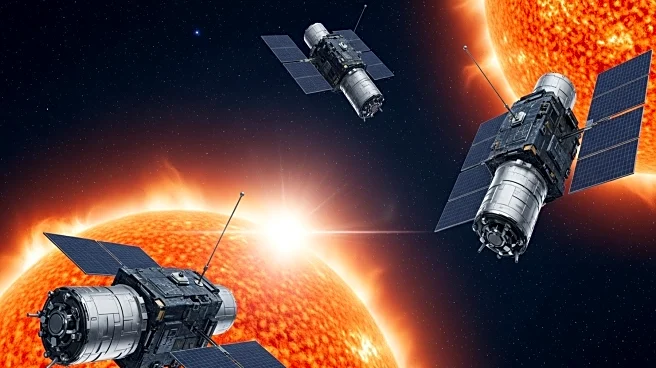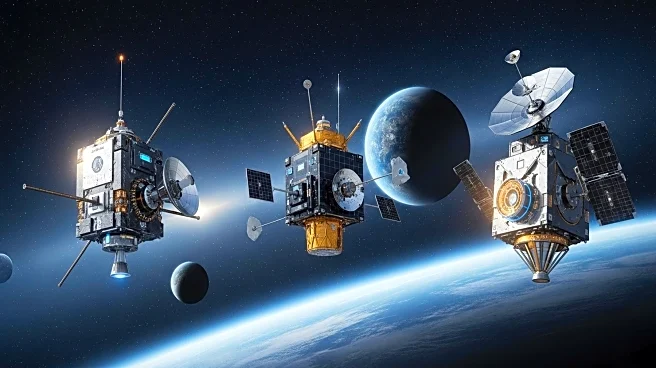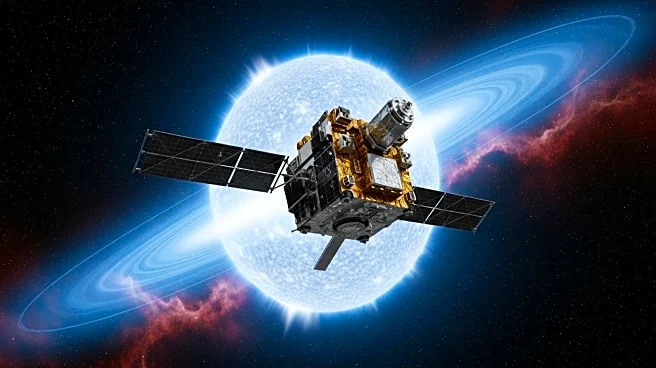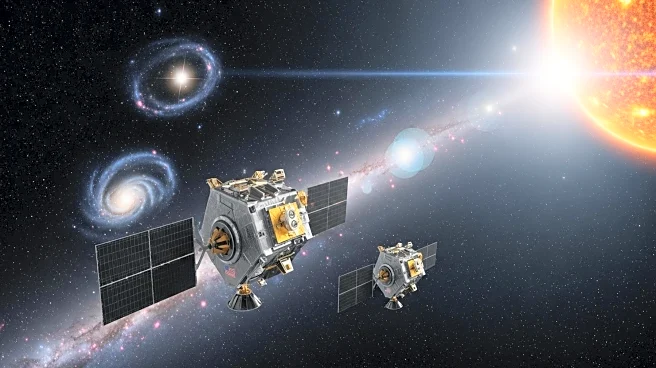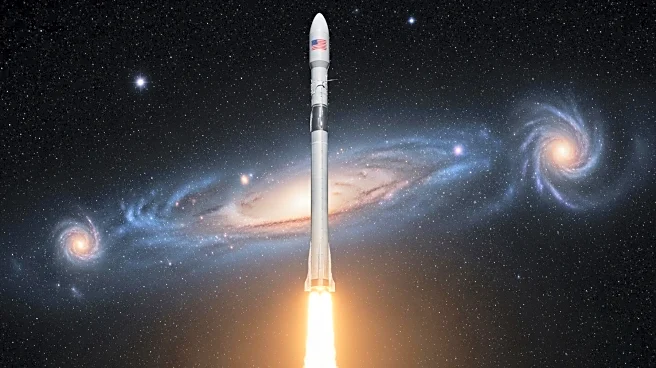What's Happening?
A cluster of space weather satellites launched from Kennedy Space Center to study solar storms that can produce auroras and threaten communications and astronauts. The satellites, worth $1.6 billion, include NASA's Interstellar Mapping and Acceleration Probe, which will scrutinize the heliosphere, and NOAA's space weather observatory for solar activity monitoring. The satellites aim to provide advance notice of solar storms, enhancing forecasting and protection for astronauts under NASA's Artemis program.
Why It's Important?
The launch of these satellites is crucial for improving space weather forecasting and protecting Earth from solar storms. The satellites will provide valuable data on solar activity, helping to safeguard communications and astronauts in space. The mission highlights the importance of understanding the sun's behavior and its impact on Earth, contributing to NASA's broader exploration objectives under the Artemis program.
What's Next?
The satellites will reach their sun-orbiting lookout 1 million miles from Earth, each on its own mission. NASA's satellites are expected to be operational by early next year, while NOAA's spacecraft will be ready by spring. The mission will enhance space weather forecasting and provide vital alerts for solar activity.
Beyond the Headlines
The mission represents a new era of space weather research, with a focus on collaboration and innovation. The success of the mission could inspire future developments in space weather forecasting and protection strategies.

